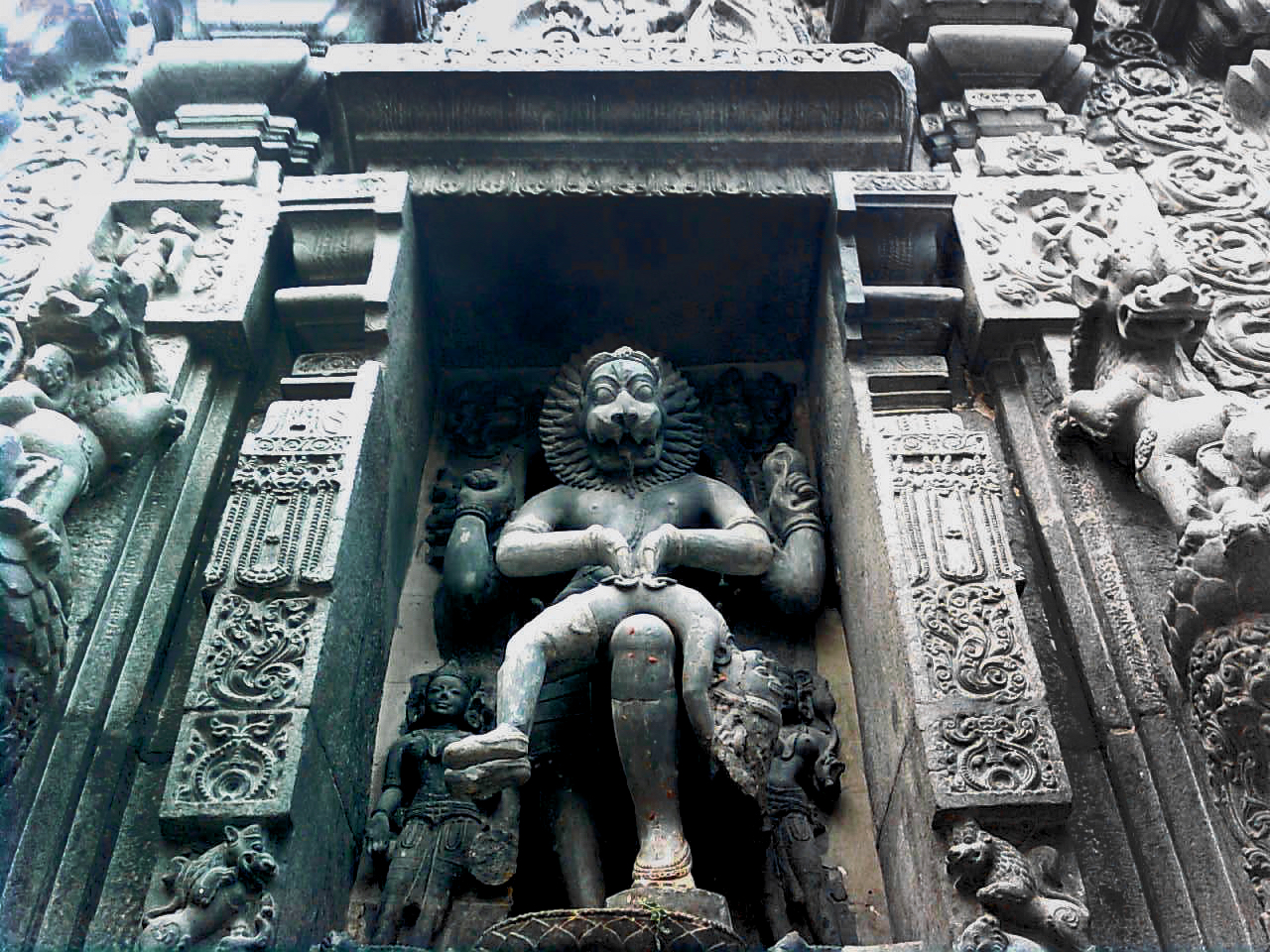Published on 11 May 2021 in OdishaTV
The grand temple at Simhachalam in Andhra Pradesh is dedicated to Narasimha. Narasimha, or Nrusingha, as is more common in Odia, is Vishnu’s fourth avatara. Prahallada is a young kid devoted to Vishnu but his father Hiranyakasyapa does not approve. This results in a struggle between the duo in which the asura father goes to great heights to destroy his own son, who is saved miraculously each time. The tale ends when Hiranya challenges Prahallada to show Vishnu to him. “Where is he?” asks Hiranya. Unperturbed, Prahallada answers “Everywhere”. “Show him in this pillar then!” commands the father. Prahallada humbly prays and moments later Vishnu appears in the man-lion form to kill the asura.
To the uninitiated, the temple in its present state appears to be a regular South Indian shrine. However, the history of this sacred site is affiliated with multiple dynasties and kings— few know that the early history of this temple is intimately associated with the Eastern Ganga dynasty.
The worship of Nrusingha has been central in Odia belief for thousands of years. In most of the crucial junctures in the legend of Jagannatha, such as the origin of the deity and the pratistha rituals, there is a mention of Nrusingha. Likewise, during the Nabakalebara rituals, he is invoked to oversee the proceedings. It is not surprising to see the connection— with his big circular eyes and wide red mouth, Jagannatha can evoke the image of a boyish Krishna, a smile waving across his lips or that of terrifying man-lion Nrusingha, his eyes and mouth wide open, seething with rage. It is but the devotee’s belief that determines who the deity is to them— the multiplicity and abstractness that is so characteristic of Jagannatha worship.

Early copperplate grants and other evidences mention Simhachalam as a part of Kalinga near unequivocally. Even until the 19th century, the Srikakulam and Vishakhapatnam regions were considered part of undivided Ganjam. However in modern times these Odia-speaking regions have been merged into Andhra Pradesh.
Performing art traditions of Odisha also accrue prime importance to Nrusingha. The Sahi Jata of Puri has elaborate medhas of the deity, centuries old. The Prahallada Nataka of Ganjam narrates the popular tale in an extravaganza of traditional Odissi music, dance and literature. Masks of the lion god are dotted across Odisha, many of them several centuries old. And in the lakhs of temples he is everywhere— even in Shaiva shrines such as Bali Singhanatha. The most important shrine to Nrusingha was the Singhachala, meaning “Lion’s hill”. Gradually the word has condensed to ‘Simanchala’.
The main temple is built in the Kalingan style of architecture and carving— that is because it was made by Langula Narasingha Deba, the same ruler who built the Sun Temple of Konarka. Narasingha Deba is depicted in a sculpture in the temple. Words like ‘bada’ and ‘bhogamandapa’, clearly from Kalinga silpa parlance, continue to be used. Under the leadership of the great Kalinga ruler, the scholar Narahari Tirtha established mathas and converted the region into an educational centre of repute. He used to be a minister for the Gangas before his life as a saint. Inscriptions talk about the involvement of Gajapati Kapilendra Deba, Prataparudra Deba and Purusottama Deba.
Simhachalam is also a virtual treasure trove of inscriptions, several in Odia. These inscriptions shed a lot of fascinating insights into life in ancient Odisha. An officer named Kalinga Pariksha used to supervise over the functioning. Quintessential delicacies like Podapitha, Kakara, Arisa, Karpura Kanti, Dahi Pakhala were offered. Narasingha Deba appointed a hundred women musicians at the shrine. Musicians were appointed quite frequently to sing and play for the deity— the inscriptions mention that musicians had to sing specifically in the tradition of Odia sampradaya, which is Odissi classical music.
In ancient Odisha, Simanchala was one of the major Vaishnava centres, second to only Jagannatha Puri. The shrines are referred to as twins in folk belief: Nilachala-Simanchala and Niladri-Simadri, the blue hill (Puri) and the lion hill respectively. The frequency of the names Simanchala, Simadri, Apanna, etc. in the southern districts of Odisha stands testament to the historical Odia link of this great shrine.